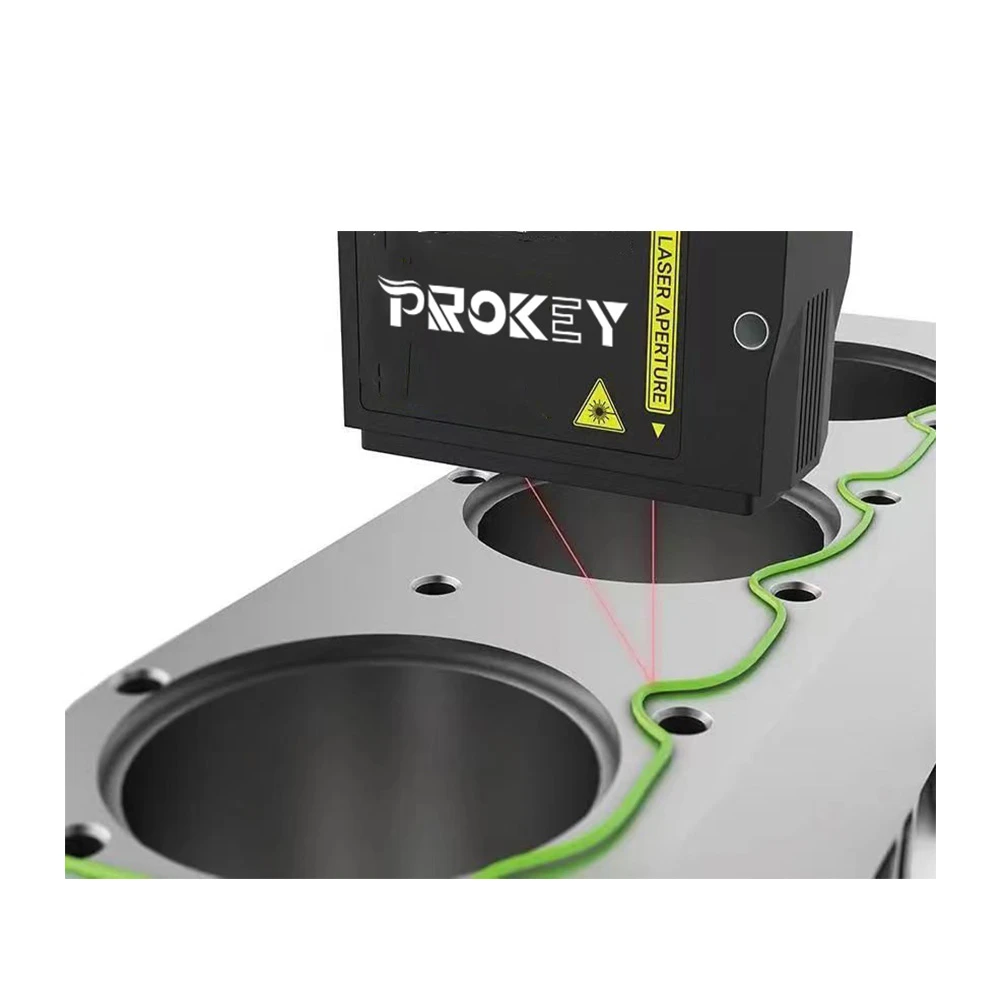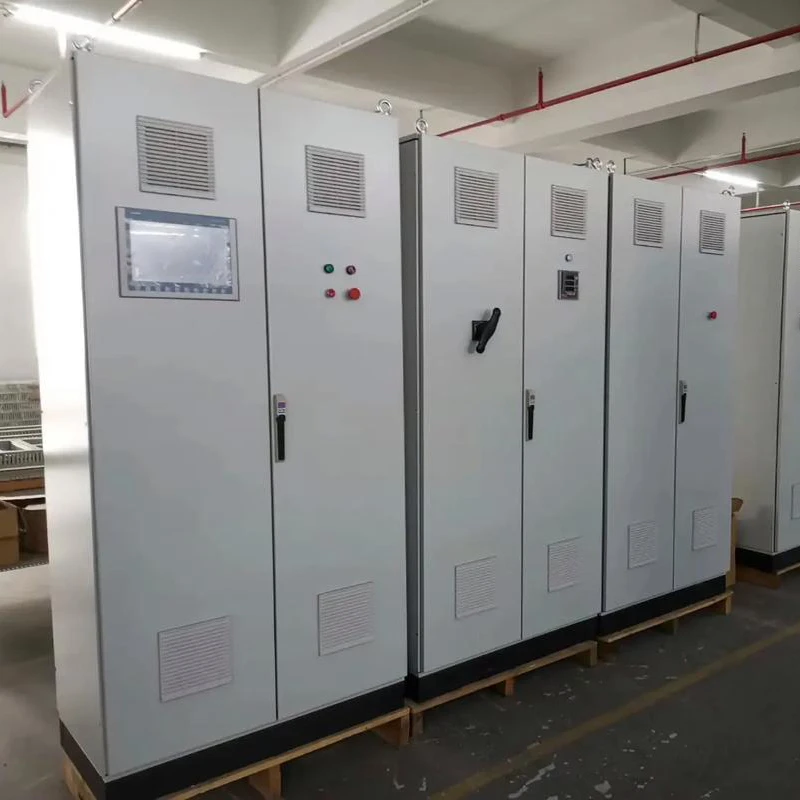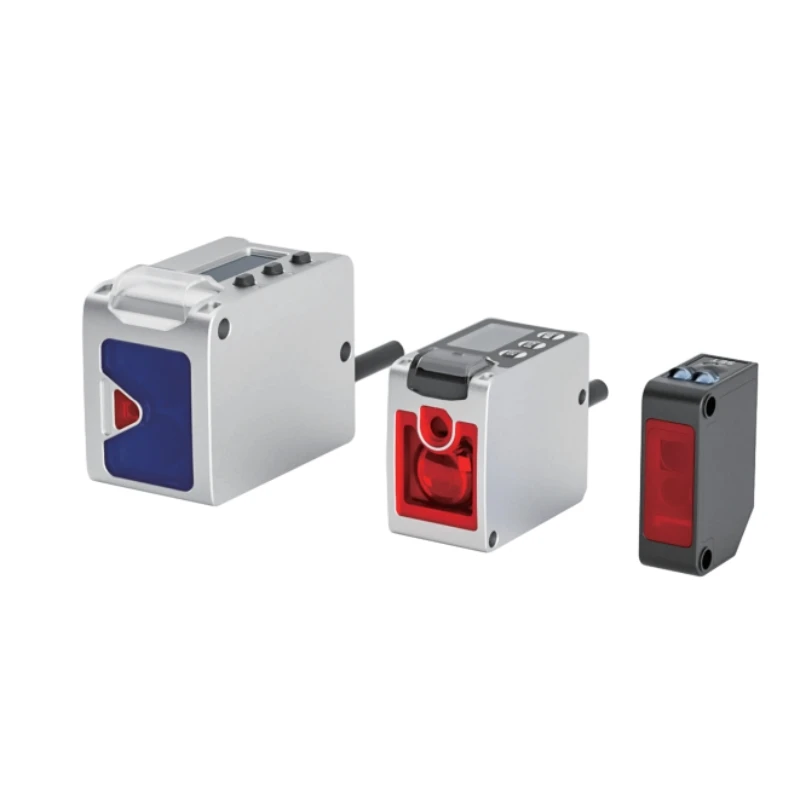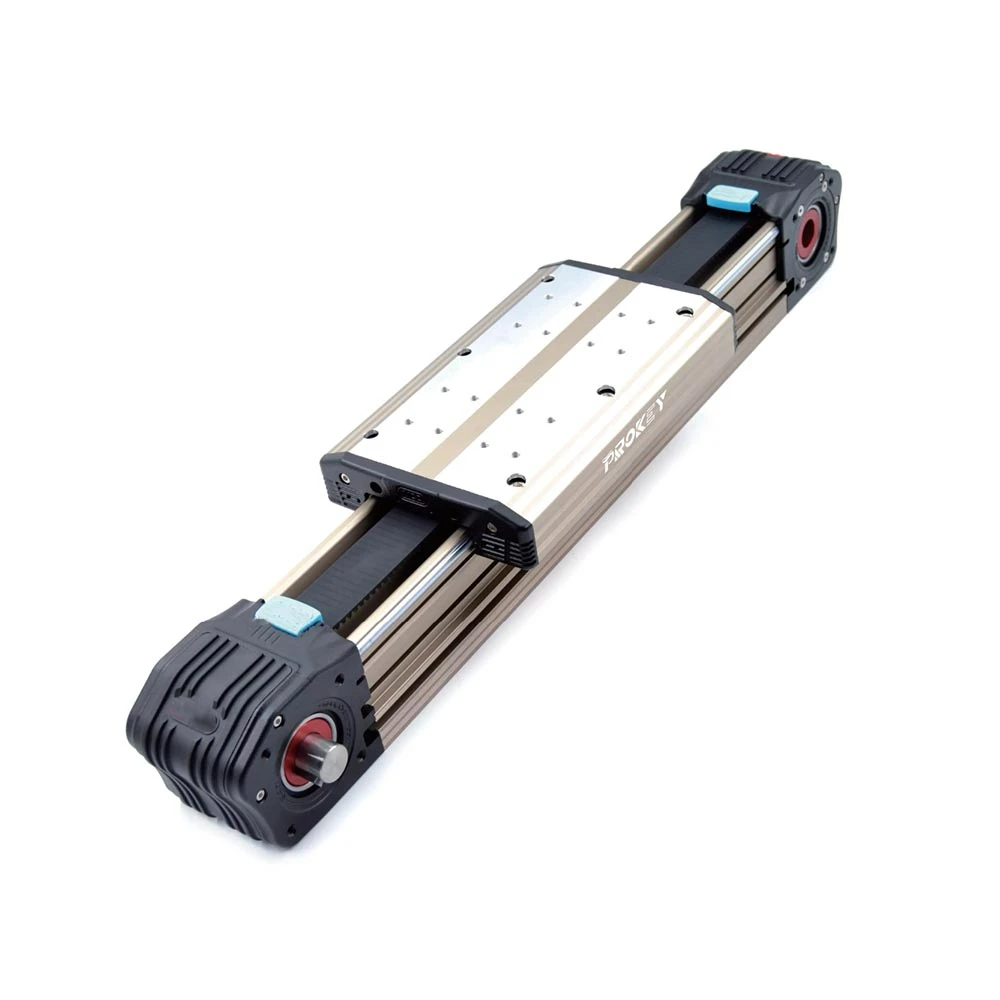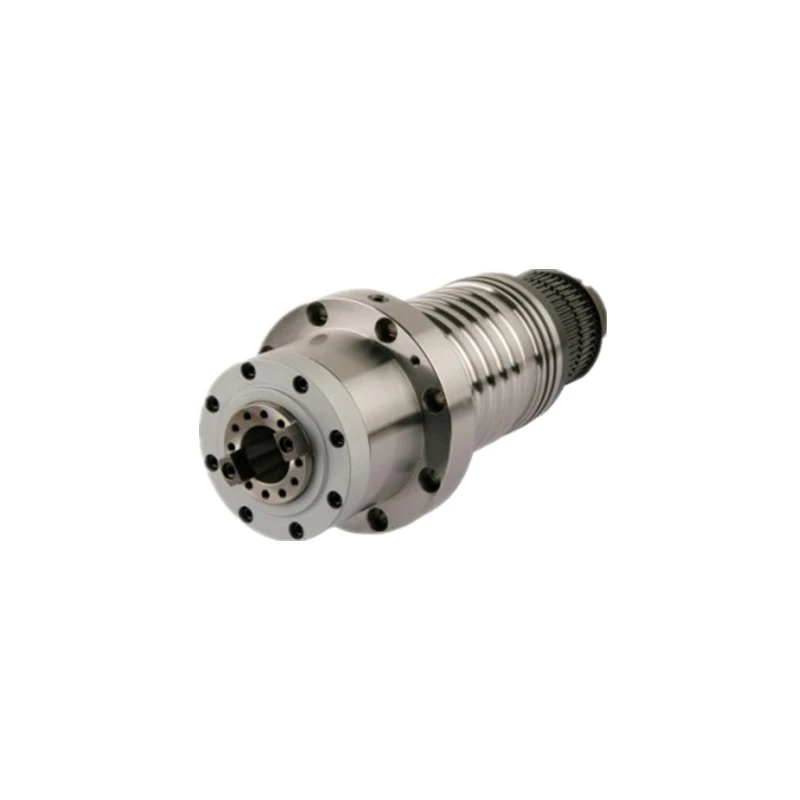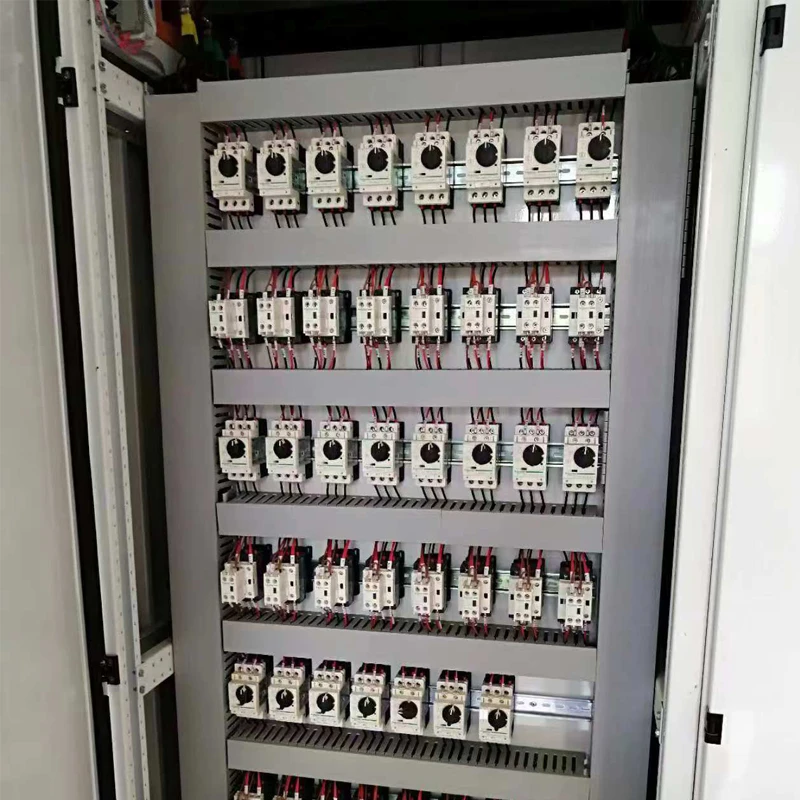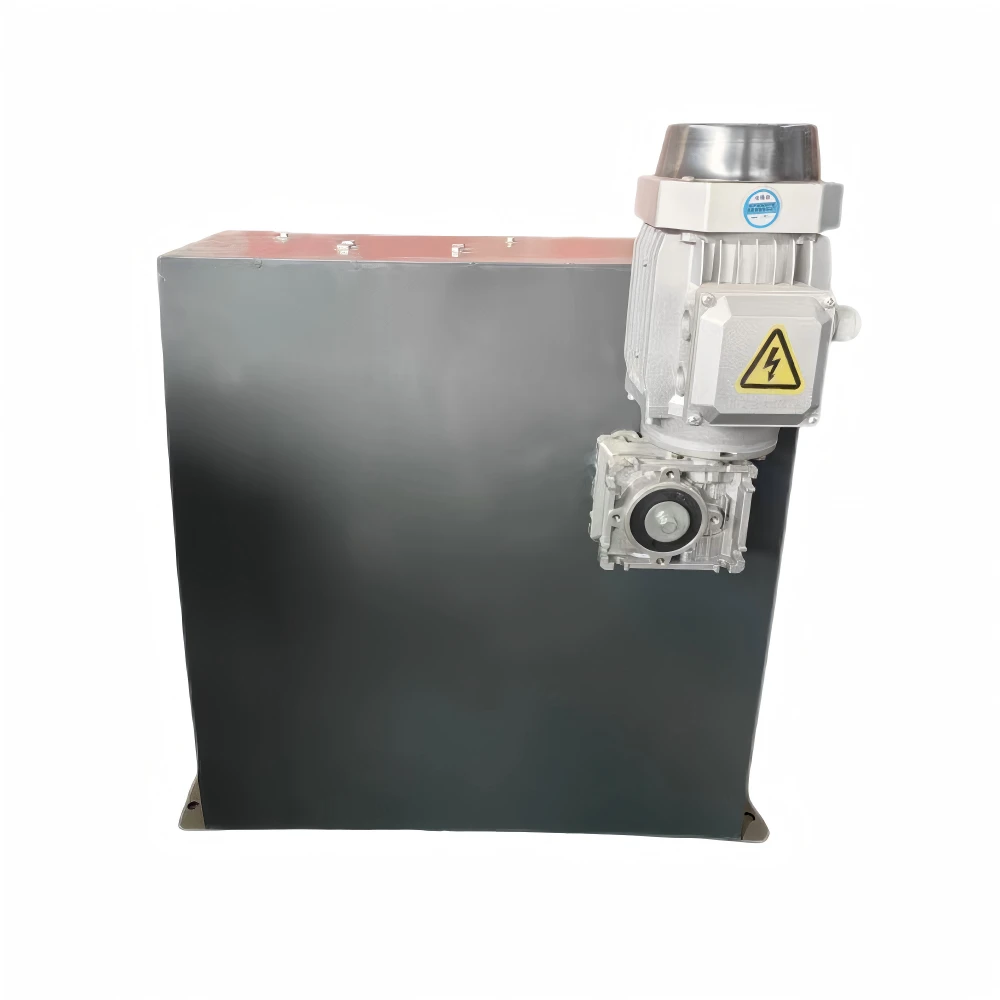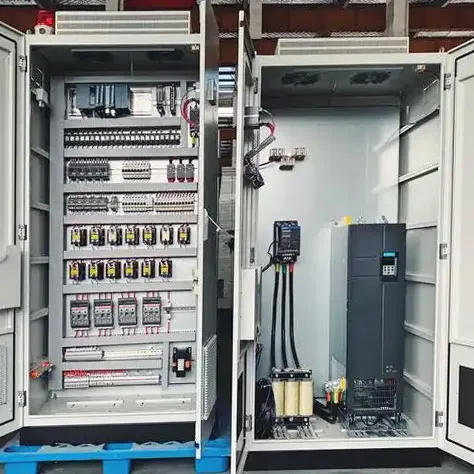Jan . 30, 2025 03:22 Back to list
buy robotic arm


Authoritative Insight Insight from industry analysts, case studies, and peer-reviewed research enriches the purchasing process. Engaging with scholarly work and industry reports informs buyers of best practices and benchmarks across the LiDAR landscape. Expert reviews from sources like the International Society for Photogrammetry and Remote Sensing (ISPRS) and industry conferences shed light on upcoming trends and innovations, guiding organizations toward future-proof investments. Access to such insight not only empowers prospective buyers with cutting-edge knowledge but also positions their purchase within the broader context of technological advancements. Building Trust Suppliers must demonstrate not merely the capability of their products but a commitment to reliability and customer support. Trusted sellers are those with transparent return policies, robust customer service, and certifications from reputable third-party organizations. For instance, certifications from bodies like the Federal Communications Commission (FCC) or European Conformity (CE) marking signal adherence to quality and safety standards. Furthermore, endorsements from previous clients and successful deployment stories add layers of trust and credibility. Concluding Considerations A holistic approach to buying 3D LiDAR systems involves balancing technical specificity with broader strategic goals. Prospective buyers should perform a detailed needs assessment to align their operational requirements with the capabilities of available products. This assessment includes considering the environment where the LiDAR will operate, data processing needs, and integration capabilities with existing systems. Budget constraints are another vital aspect, where buyers weigh the initial investment against the long-term value and operational benefits afforded by the technology. Thus, to successfully navigate the purchase of a 3D LiDAR system, one must blend deep technical understanding with strategic foresight. By aligning with reputed manufacturers, prioritizing product specifications, leveraging expert insights, and fostering trust, buyers maximize the potential returns from their investment in this transformative technology.
-
Why Steel Mills Rely on FODA’s High-Temperature Cylindrical Roller Bearings?
NewsApr.10,2025
-
What is a Plain Bearing? A Complete Guide to Design & Functionality
NewsApr.10,2025
-
Thrust Ball Bearings vs. Tapered Roller Bearings: FODA’s Performance Comparison
NewsApr.10,2025
-
The Engineering Behind FODA Thrust Ball Bearings: Precision for High-Speed Applications
NewsApr.10,2025
-
No More Compromises: Get Precision-Engineered Custom Bearings Tailored to Your Exact Specifications
NewsApr.10,2025
-
In-Depth Analysis: Application Differences of Different Types of Angular Contact Ball Bearings
NewsApr.10,2025
Products categories



